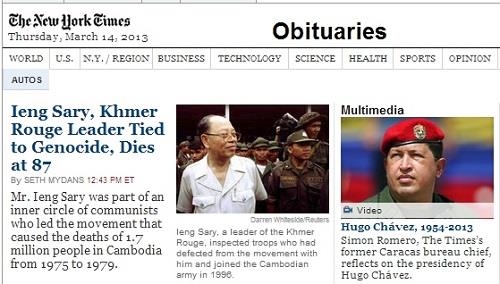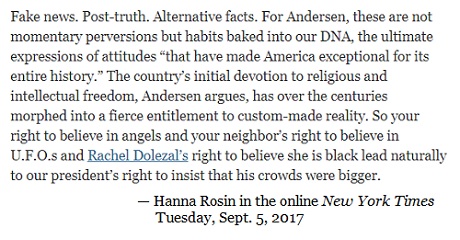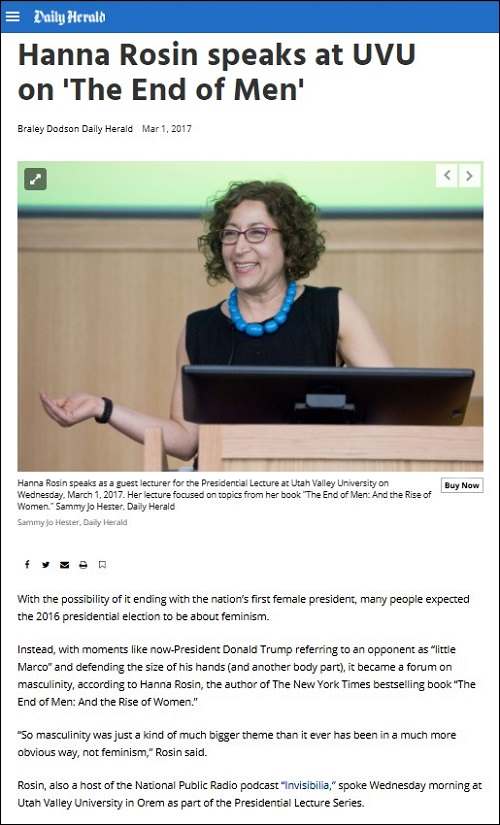A search for recent activity by the Liesl Schillinger of
the previous post yields …
Talk amongst yourselves.
Midrash for elitists —
The novel 2666 by Roberto Bolaño (see Bolaño in this journal
and Adam Kirsch in the above) and …
Matt Helm in Donald Hamilton's 1962 novel The Silencers —
"I cleaned up a little, went downstairs, and, rather than
get the pickup out of hock, paid sixty cents to have a taxi
take me to the international bridge. Two cents let me walk
across the Rio Grande into Mexico. The river bed was
almost dry. The usual skinny dark kids were playing their
usual incomprehensible games around the pools below
the bridge. Stepping off the south end of the span, I was
in a foreign country. Mexicans will tell you defensively that
Juarez isn't Mexico-that no border town is-but it certainly
isn't the United States of America, even though Avenida
Juarez, the street just south of the bridge, does bear a
certain resemblance to Coney Island. I brushed off a
purveyor of dirty pictures and shills for a couple of dirty
movie houses."
Midrash for populists —
The photo in the New York Times obituary
above is from the 1966 film based, very
loosely, on Donald Hamilton's The Silencers.

















